On July 12, the James Webb Space Telescope (JWST) sent first photos from deep space back to earth. Those photos are highly significant for scientific purposes. And for deepening human wonder.
As National Public Radio (NPR) reported, some of the scientists wept on seeing these photos, or shouted with joy at their beauty and clarity. To see photos of large and distant worlds coming to birth, was to see something previously unseen by humans. It was also to apprehend in deeper ways that such an unfathomable phenomenon in time and space, is also intimately near.
“This is how the oxygen in our bodies was made — in stars in galaxies. And in these photos, we’re seeing that process get started.”1
As Carl Sagan said:
“The nitrogen in our DNA, the calcium in our teeth, the iron in our blood, the carbon in our apple pies were made in the interiors of collapsing stars. We are made of star-stuff.”2
This is an exponentially larger and more interconnected world, than the cosmology of my childhood could even guess.
As a child, I learned that our sun is a star, around which earth and other planets orbit, and that our sun/star is one of millions in the Milky Way galaxy. Looking up at the stars and seeing that shimmering band of brightness across the sky, nurtured a sense of awe in me. The earth was firm under my feet, the grasses, trees, flowers and lakes were beautiful, and the stars above were orderly, spectacular, and reassuring. I could always spot Orion and the Big Dipper. The very name of our galaxy, the “Milky Way”, had a “homey”, comforting feel about it.3
Then, all of a sudden, there were trillions of galaxies. And now, with the JWST, there are accompanying photos!!
The JWST looks at the universe in infrared light, allowing it to see through the clouds of “space dust”, and view the details of star formation. It can even see the faint light of some of the first galaxies that formed more than 13 billion years ago. These photos give astronomers further data about how the first stars and galaxies in the universe formed, largely out of hydrogen and helium. And how, in their evolution, they produced heavier elements that were exploded across the universe, “preparing the way” for the eventual emergence of life. Everything is connected. To again cite Carl Sagan: “Understanding is a kind of ecstasy”.
All this energy and creativity are being revealed at the same time as we are learning more urgently about the irreparable damage humans are wreaking on the earth community.4
In a time when climate change has become climate crisis, and now climate catastrophe, I believe the magnificent photos from the JWST arrive to give us all courage, to focus our purpose for the hard work that lies ahead, and to give us energy for the task.
The Milky Way has summoned further allies for spaceship earth.
1 Jane Rigby. What the first James Webb Space Telescope images could mean for chemistry. Published July 14, 2022 at: https://cen.acs.org/physical-chemistry/astrochemistry/first-James-Webb-Space-Telescope/100/i25 Rigby is an astrophysicist at NASA’s Goddard Flight Center and the operations project scientist for JWST.
2 For both Carl Sagan quotes see: https://www.goodreads.com/author/quotes/10538.Carl_Sagan
3 Somewhere along the line, I learned about a second galaxy, the Andromeda galaxy – which definitely sounded more sophisticated than the Milky Way, but was very far away, and hardly registered on my childhood consciousness.
4 See July 2022 statement of UN Secretary-General António Guterres: https://press.un.org/en/2022/sgsm21378.doc.htm
Veronica Dunne is a Sister of our Lady of the Missions (RNDM), who has primarily worked as an educator and counsellor in institutional and community based settings in Canada. She has also served with the RNDMs outside of Canada in Senegal, Peru, and Aotearoa New Zealand.
A 2002 Doctor of Ministry graduate from the University of St. Michael’s College, Toronto School of Theology at the University of Toronto, she subsequently served as director of the Doctor of Ministry program at St. Stephen’s College at the University of Alberta in Edmonton. Her current research interests are in eco-theology and cosmology, and their intersections with indigenous cosmologies and spiritualties.
She presently serves on the RNDM leadership team in Canada.
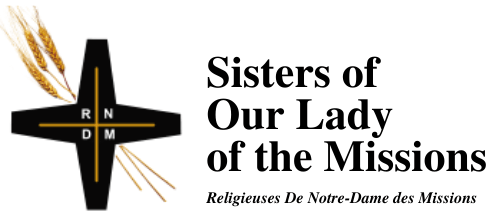
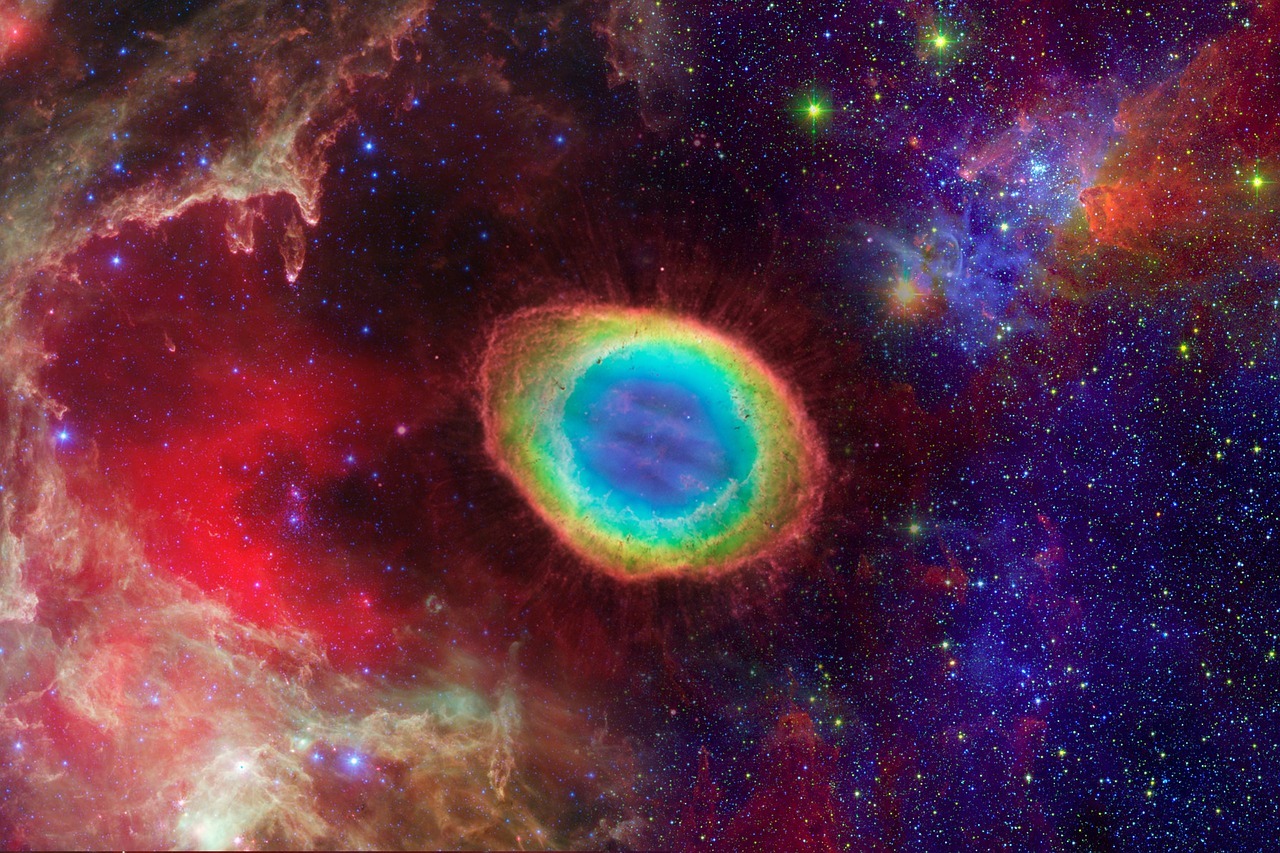
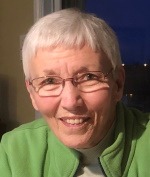
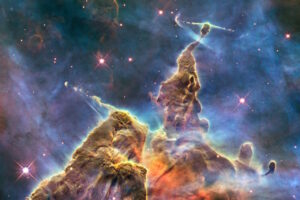
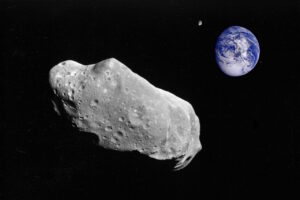
Your post inspires me to welcome and perceive the amazing JWST images as sources of “courage… focus… energy” for these times. Thank you, Veronica.
Wow, Veronica; how powerful and poetic is your invitation to us: those “magnificent photos from the JWST arrive to give us all courage, to focus our purpose for the hard work that lies ahead, and to give us energy for the task.” Yes indeed, we have all within us and collectively to turn this imminent catastrophe around. I’m signing up as an ally.
I need this larger story to help me hold the pain of our present climate catastrophe. I found myself just gazing at the vivid colours of this magnificent photo like one would sit before an icon! Thank you, Veronica.
What you have shared here, Veronica, has helped me grasp better the significance of these photos for us, here on “spaceship earth.” Before reading your piece, I was feeling quite overwhelmed by the immensity of this topic — so much so that I actually put it into the back of my mind to “try to figure out later.” I appreciate what you’ve offered here — making this more understandable in a personally relevant way. Thank you!